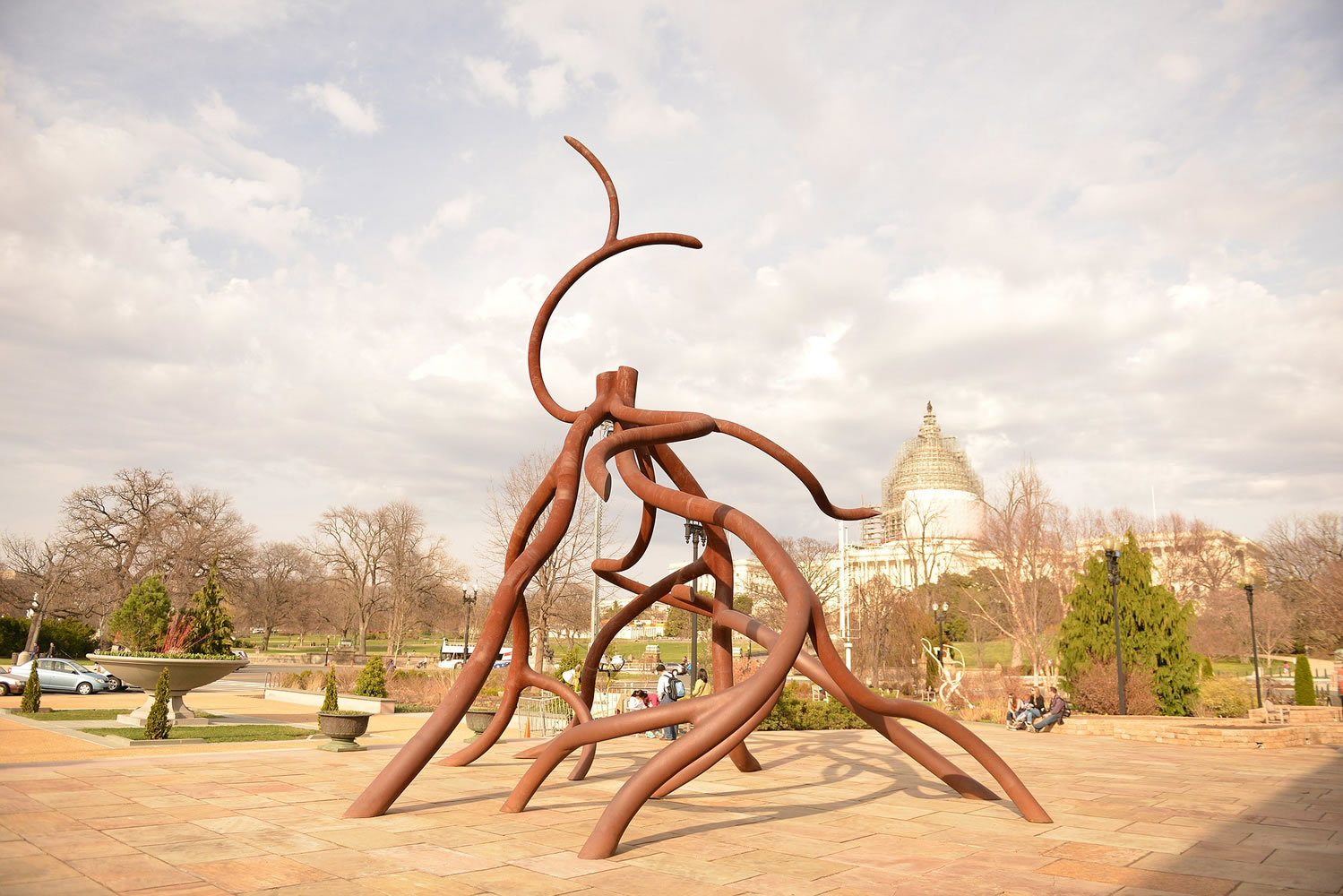• What: “Exposed: The Secret Life of Roots,” in East Gallery through Oct. 13.
• Where: U.S. Botanic Garden, 100 Maryland Ave. S.W., Washington, D.C.
• When: 10 a.m. to 5 p.m.
• Cost: Free.
• Information: A parent can call 202-225-8333 or visit www.usbg.gov
WASHINGTON — WOW.
That’s what kids usually say when they first see the long, tangled things at the United States Botanic Garden, said Susan Pell, program manager at the garden. Some are 15 feet long. They look like messy string or an old man’s beard or even Rapunzel’s hair.
But they’re actually dried roots that are part of the exhibit “Exposed: The Secret Life of Roots.” And they are at the museum to share a few secrets, including how important they are.
“Roots are a usually hidden but critically important part of the plant,” said Pell, who helped design the exhibit. People don’t often think about roots because they’re underground, she said.
• What: "Exposed: The Secret Life of Roots," in East Gallery through Oct. 13.
• Where: U.S. Botanic Garden, 100 Maryland Ave. S.W., Washington, D.C.
• When: 10 a.m. to 5 p.m.
• Cost: Free.
• Information: A parent can call 202-225-8333 or visit <a href="http://www.usbg.gov">www.usbg.gov</a>
Through displays of living and dried roots, you can see their strange beauty and learn more about them.
• The dirt on roots.
Roots are vital for plants eaten by animals and humans all over the world. They absorb the water and nutrients from the soil that the plant needs to grow. They also anchor or help the plant to stay in one place.
At the exhibit, large photos and window stickers show the roots of common plants such as wheat, dandelions and daisies. Some of the pots containing living plants have see-through sections so that you can peer at the roots spreading through the soil. These roots may appear delicate, but you might be surprised when you finger those with “please touch” signs. They’re stronger than they look!
And here’s another secret from the exhibit: Some roots are used as food. That carrot and radish in your salad? They’re both roots. In fact, carrots have been around for more than 5,000 years, but the first carrots were white or purple. Humans have been growing the orange variety for about 400 years.
Not every underground plant part is a root, though. Irish potatoes are actually tubers, or stems. Garlic is a bulb, or a collection of energy-storing leaves.
• Big year for soil.
Healthy roots depend on healthy soil, according to Jerry Glover, a soil scientist featured in the exhibit.
Soil also gets little attention, but it’s the “foundation of life,” Pell said. Soil not only enables plants to grow, but it is home to worms, insects and billions of microorganisms. It can be damaged easily by pollution or erosion (the wearing away of soil).
The United Nations, an organization that promotes cooperation among countries, made 2015 the International Year of Soils to recognize their importance.
• Roots in the garden.
After visiting the indoor exhibit, stroll through the gardens. You’ll see the roots of the stilt palm and several other plants, but you’ll also know that the hidden roots of the roses, corn, grasses and bamboo are busy below.
One last secret about roots: They can inspire amazing art. Check out Steve Tobin’s enormous sculptures at the entrance. The graceful metal tendrils look like huge versions of the real roots in the exhibit.



